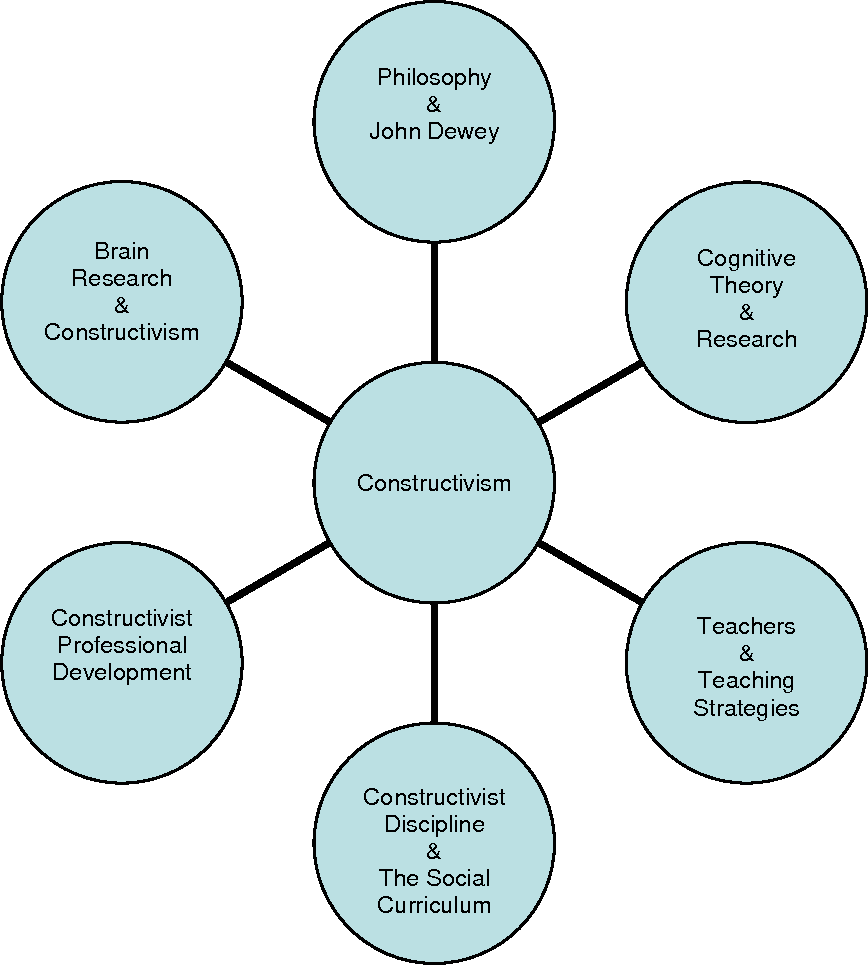by: Yuri Yeuyanan

The key concept of constructivist learning practices is students’ own experiences. It emphasizes how students learn through their personal experiences and how learning occurs when they construct new understandings by building upon their prior knowledge (TeAchnology, n.d.).
Konsep utama dalam praktik pembelajaran konstruktivis adalah pengalaman pribadi murid itu sendiri. Pendekatan ini menekankan bagaimana murid belajar dengan cara membangun pemahaman baru dengan menambah atau mengembangkan pengetahuan yang telah mereka miliki sebelumnya (TeAchnology, n.d.).
One of teaching techniques I have found helpful is scaffolding. For instance, when teaching the life cycle of a butterfly, I first review vocabulary that my students have previously learned—such as "caterpillar" and "butterfly"—so they become familiar with the topic and can even predict what the new lesson will be about.
Salah satu teknik pengajaran yang menurut saya efektif adalah scaffolding. Misalnya, ketika mengajarkan siklus hidup kupu-kupu, saya terlebih dahulu mecari tahu kosakata yang telah murid pelajari sebelumnya—seperti "ulat" dan "kupu-kupu"—agar mereka lebih akrab dengan topik tersebut dan bahkan dapat menebak apa yang akan dipelajari selanjutnya.

By activating students' prior knowledge, I created a foundation for introducing new concepts, such as the butterfly life cycle. This approach aligns with the constructivist concept of assimilation, which involves incorporating new experiences into existing knowledge (TeAchnology, n.d.). By relating prior knowledge to new learning, students can make meaningful connections between old and new information.
Dengan mengaktifkan pengetahuan yang telah mereka miliki sebelumnya, saya membangun dasar atau garis awal untuk memperkenalkan konsep baru, seperti siklus hidup kupu-kupu. Pendekatan ini selaras dengan konsep asimilasi dalam konstruktivisme, yaitu mengintegrasikan pengalaman baru ke dalam pengetahuan yang sudah ada (TeAchnology, n.d.). Dengan menghubungkan pengetahuan lama dan baru, murid dapat membuat koneksi yang lebih mudah dimengerti antara keduanya.
Constructivism also asserts that learning occurs through interactions with others (McLeod, 2019). Two students may grasp a topic differently even though they are in the same class, as learning is shaped by their unique prior experiences. Their responses to a topic may vary, but by sharing their learning with others, they gain exposure to different perspectives, which enhances their understanding in a meaningful way.
Konstruktivisme juga menyatakan bahwa pembelajaran terjadi melalui interaksi sosial dengan orang lain (McLeod, 2019). Dua murid yang berada di kelas yang sama mungkin akan memahami suatu topik dengan cara yang berbeda, karena pemahaman mereka dipengaruhi oleh pengalaman pribadi masing-masing. Respons mereka terhadap suatu topik mungkin bervariasi, tetapi dengan berbagi informasi mereka dengan teman-temannya, mereka dapat melihat hal dari berbagai sudut pandang yang berbeda, sehingga dapat memperkaya pemahaman mereka.
Social interaction is one of the key pedagogical practices I apply in the classroom. I often divide my students into groups and have them work together on projects. For instance, when learning about life cycles, they collaborate to arrange paper cutouts of the different stages in the correct sequence. Each student contributes to placing the cutouts in order, ensuring the final arrangement accurately represents the stages of the butterfly's life cycle.
Interaksi sosial merupakan salah satu praktik pedagogis utama yang saya terapkan di kelas. Saya sering membagi kelas menjadi kelompok-kelompok kecil dan meminta mereka bekerja sama dalam proyek tertentu. Misalnya, saat mempelajari siklus hidup, mereka bekerja sama untuk menyusun potongan kertas bergambar tahapan siklus hidup dalam urutan yang benar. Setiap murid berkontribusi dalam menyusun potongan-potongan kertas tersebut sehingga nanti hasil akhirnya merepresentasikan urutan yang benar dari tahapan siklus hidup kupu-kupu.
During this activity, students are encouraged to share their thoughts and opinions, while my role as teacher is to guide them. As McLeod (2019) states, “Constructivism's central idea is that human learning is constructed, that learners build new knowledge upon the foundation of previous learning” (para. 3). I have applied constructivist pedagogical practices in my classroom, and I have observed that they not only help my students acquire new knowledge in meaningful ways but also teach them how to learn effectively—an invaluable skill that will benefit them in the long run.
Selama kegiatan ini, murid didorong untuk berbagi pemikiran dan pendapat mereka, sementara peran saya sebagai guru adalah sebagai pembimbing. “Gagasan utama dalam konstruktivisme adalah bahwa pembelajaran manusia bersifat konstruktif, di mana murid membangun pengetahuan baru di atas dasar pembelajaran sebelumnya” (McLeod, 2019, para. 3). Saya telah menerapkan praktik pedagogis konstruktivis di kelas saya, dan menurut saya metode ini tidak hanya membantu murid membangun pengetahuan baru dengan cara yang mudar dimengerti, tetapi juga mengajarkan mereka bagaimana cara belajar secara efektif—skill berharga yang akan bermanfaat bagi mereka di masa depan.
References
TeAchnology. (n.d). Constructivism learning theory. http://www.teach-nology.com/currenttrends/constructivism/
Mcleod, S. (2019, July 17). Constructivism as a Theory for Teaching and Learning. Simply Psychology. https://www.simplypsychology.org/constructivism.html
Edora, M. (2013). Teori Pembelajaran Konstruktivisme. (Image). http://qasehmyraedora.blogspot.com/2013/04/teori-pembelajaran-konstruktivisme.html
Comments
Post a Comment